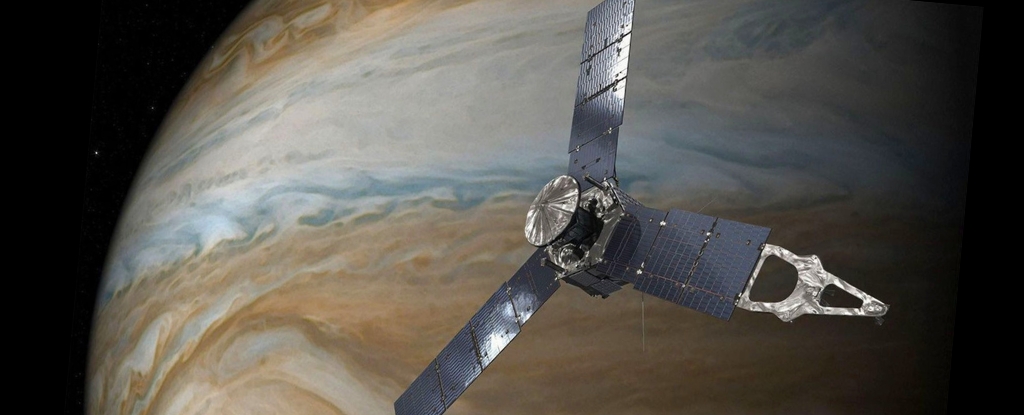
Astronomers have identified a significant opportunity to study a new interstellar object as NASA’s Juno probe is poised to intercept the comet known as 3I/ATLAS (C/2025 N1 ATLAS). Detected by the ATLAS Observatory in Rio Hurtado on July 1, 2025, this comet represents the third interstellar object observed in our Solar System, following the discovery of ‘Oumuamua in 2017 and 2I/Borisov in 2019.
The prospect of a close encounter with 3I/ATLAS is generating excitement within the scientific community. A recent study led by Prof. Abraham Loeb, a prominent astrophysicist at Harvard University, suggests that Juno could alter its trajectory to rendezvous with the comet as it approaches Jupiter on March 16, 2026. This mission could yield crucial insights into the nature of interstellar objects, contributing significantly to our understanding of the universe.
The detailed analysis, which is currently under review for publication in The Astrophysical Journal Letters, outlines how Juno’s existing mission could be adapted to facilitate this intercept. Loeb’s team includes Adam Hibberd and Adam Crowl, both distinguished scientists associated with the UK-based Initiative for Interstellar Studies (i4is).
In past years, Juno has been dedicated to studying Jupiter, but its potential redirection towards 3I/ATLAS highlights the flexibility of space missions. According to Loeb, an application of thrust on September 14, 2025, could allow Juno to shift its orbit and intersect with the path of the comet. The brightness of 3I/ATLAS suggests a diameter of approximately 20 kilometers, making it a compelling target for scientific inquiry.
The interest in 3I/ATLAS is not merely based on its origins but also on the possibility that it could represent artificial technology. Loeb’s previous work on ‘Oumuamua proposed that it may have been an extraterrestrial spacecraft, a notion that has garnered both intrigue and skepticism in the scientific community. The current research considers whether 3I/ATLAS might similarly provoke discussions about artificial origins.
Juno’s suite of scientific instruments, including its near-infrared spectrometer and magnetometer, would be instrumental in analyzing the comet’s composition and providing data about its home system. This analysis is particularly valuable, as it allows scientists to glean information about the conditions that prevailed when the comet formed, potentially offering insights into other star systems without needing to send dedicated probes across vast distances.
The Juno mission, which was originally set to conclude on March 14, 2026, could thus be rejuvenated by this ambitious proposal. The research indicates that the timing for a trajectory adjustment is critical, as 3I/ATLAS will also be making its closest approach to the Sun on October 29, 2025 before exiting the Solar System.
Hibberd emphasizes the uniqueness of this opportunity, noting that the close encounter of 3I/ATLAS with Jupiter and other planets is a rare occurrence, making the proposed intercept especially appealing. The analysis of Juno’s trajectory adjustment has been facilitated using advanced software tools originally developed for Project Lyra, a mission concept aimed at studying interstellar objects.
While some recent observations from the Hubble Space Telescope have estimated the nucleus of 3I/ATLAS to be significantly smaller than initially thought, the ongoing research continues to explore the potential for groundbreaking discoveries. The team acknowledges that the true nature of 3I/ATLAS will ultimately be revealed as it approaches the Sun and undergoes sublimation, or through close examination by Juno.
Regardless of the nature of 3I/ATLAS, the mission promises to enhance our understanding of interstellar objects and their role in the cosmos. The potential for a close encounter with an object from beyond our Solar System reaffirms the importance of adaptability and innovation in space exploration.







